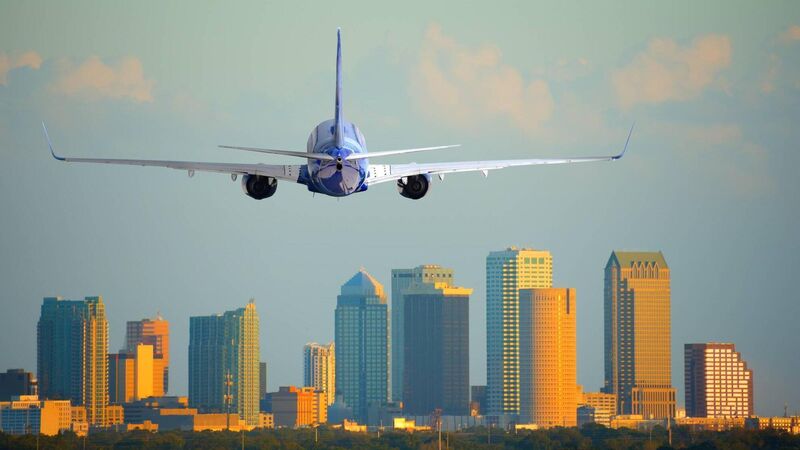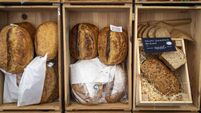Nurturing busy US-Irish tourism in both directions

According to US Travel data, 500,000 Irish tourists visited the US last year, an 8% year-over-year increase.
There is synergy between Ireland and the US; for many reasons, not least being the fact that both countries have long been associated with the trade relations that bind us — that and our mutual love of playing ball. Because both benefit when we play trade ball with one another, this we do, in spades.
Of course, where there’s transatlantic trade, there’s travel and tourism. These are matters about which Eoghan O’Mara Walsh — in his capacity as CEO of the Irish Tourism Industry Confederation (ITIC) — knows most.









